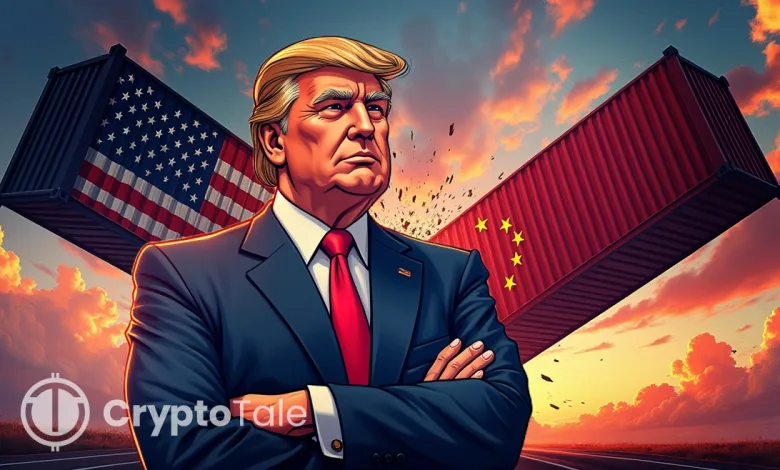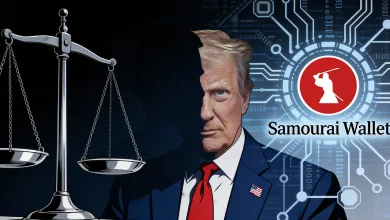Trump’s Tariff War: How Will China, EU, and BRICS Respond?

- Trump escalates trade war with new tariffs on China, Vietnam, South Korea, and others.
- Analysts warn Trump’s tariffs may harm the US economy and raise consumer prices.
- BRICS continues to grow despite Trump’s tariff threats, challenging US economic power.
US President Donald Trump has escalated his trade war with new tariffs on dozens of countries. The move, announced on April 2 during a ceremony at the White House, targeted China, Vietnam, South Korea, Japan, and the European Union, wherein the tariffs ranged between 20% to 54%, marking a significant expansion of Trump’s trade policies.
Tariff Increases and Tensions
Trump called the event “Liberation Day,” presenting the tariffs as a victory for American workers. He imposed a 54% tariff on China, 46% on Vietnam, and 25% on South Korea. The European Union and Japan saw tariffs set at 20% and 24%, respectively. This sharp increase in duties signals a widening economic conflict globally.
A political analyst, Ben Norton, pointed out that the tariffs against China could increase by up to 104%. Norton highlighted that the current 54% tariff includes a 34% hike, adding to an already high 20%. Trump’s threat of a 50% tariff increase puts further pressure on the US and China.
The tariffs are expected to cause economic harm to the United States. The US imports more from China than from any other country. Raising tariffs harms the country’s economy, especially when imports are vital for American industries. Trump’s strategy may hurt American consumers by increasing prices on goods.
China’s Economic Resilience
China, however, has shown resilience. It claims that the US is more dependent on China than the other way around. China’s exports to the US make up 17.1% of total imports. In comparison, only 14.7% of China’s exports are sent to the US. This imbalance suggests that China can weather the storm.
Trump’s tariffs also conflict with his broader economic goals. His push to reduce the US trade deficit contradicts his support for the US dollar’s dominance. The dollar’s role as the global reserve currency is central to the US’s economic strategy. However, Trump’s tariff threats against countries moving away from the dollar may undermine his objectives.
Related: Trump Plans to End Capital Gains Tax by 2025 Nationwide
Despite Trump’s claims, BRICS nations continue to grow with the latest addition of Nigeria and Indonesia. BRICS now represents over half of the world’s population and a significant portion of global GDP. This growth challenges Trump’s efforts to maintain US economic leadership.
The tariffs that Trump has applied could be a legal target for violating international trade law through the WTO. The WTO has laid down rules prohibiting protectionism by undertaking a unilateral increase in tariffs, and many countries are likely to stand up to Trump in this. If the US does not justify these measures, then it could suffer from sanctions or certain legal repercussions. This demonstrates the conflict between domestic macroeconomic goals and global business policies.




